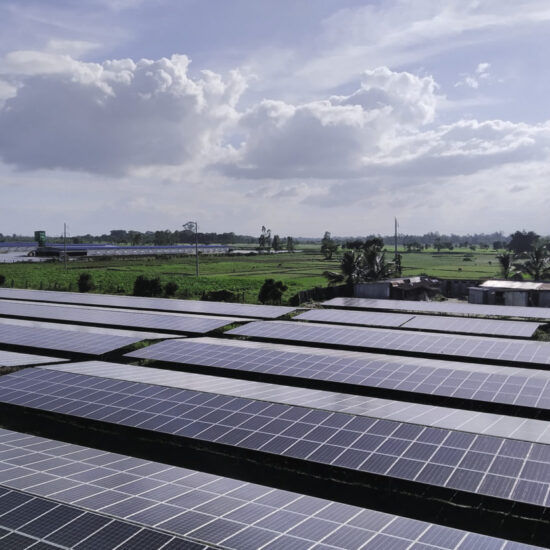
Zambia’s Chilanga Cement company, which is one of the leading cement manufacturers in Zambia, has attributed the cement production decrease in the country to the high cost of production, lack of liquidity in the market, and the shrinking local and export markets among other factors.
Zambia’s annual cement production has dropped in the third quarter of the Year 2023 a significant setback for the country’s economy, as the construction industry is a major contributor to the growth of any economy.
According to the Industrial Minerals production report obtained by the Zambian Business Times – ZBT, cement production has dropped by about 2 percent to about 1,800,000 metric tons compared to over 3, 300,000 metric tons produced within the same period in 2022.
This decrease has been largely attributed to the high cost of doing Business in the country which has several implications for the country’s economy.
The major contributors to this development are Chilanga Cement (Formerly known as Lafarge cement) with a contribution of over 190, 000 metric tons drop, Mphande Limestone (Simoma) with over 125, 000 metric tons drop, and Dangote Cement with about 178, 000 metric tons drop.
Responding to an inquiry by the Zambian Business Times –ZBT, the Company’s Corporate Affairs Manager Gift Danga, said this decrease in cement production in the country could be due to several factors, among them low liquidity, and the shrinking local and export market.
Danga however said from the company perspective the Company will continue optimizing its operations, to ensure there it is cost-effective, and deliver the products at a competitive price.
Asked What are some of the measures the Company has adopted to have sustainable operations for the benefit of customers, Danga said, the company focuses on operations optimization and efficiency, as well as cost management.
The decrease in Cement production is a clear indication of the challenges facing the Zambian economy. This has potential to hurt the construction industry, which is a key driver of the Zambian economy which is a worrying sign for the Zambian economy, which has been struggling with a low liquidity situation for some time.
The government has since been implored to implement policies that will stimulate economic growth and increase liquidity in the market to support companies and boost the overall health of the country’s economy.







